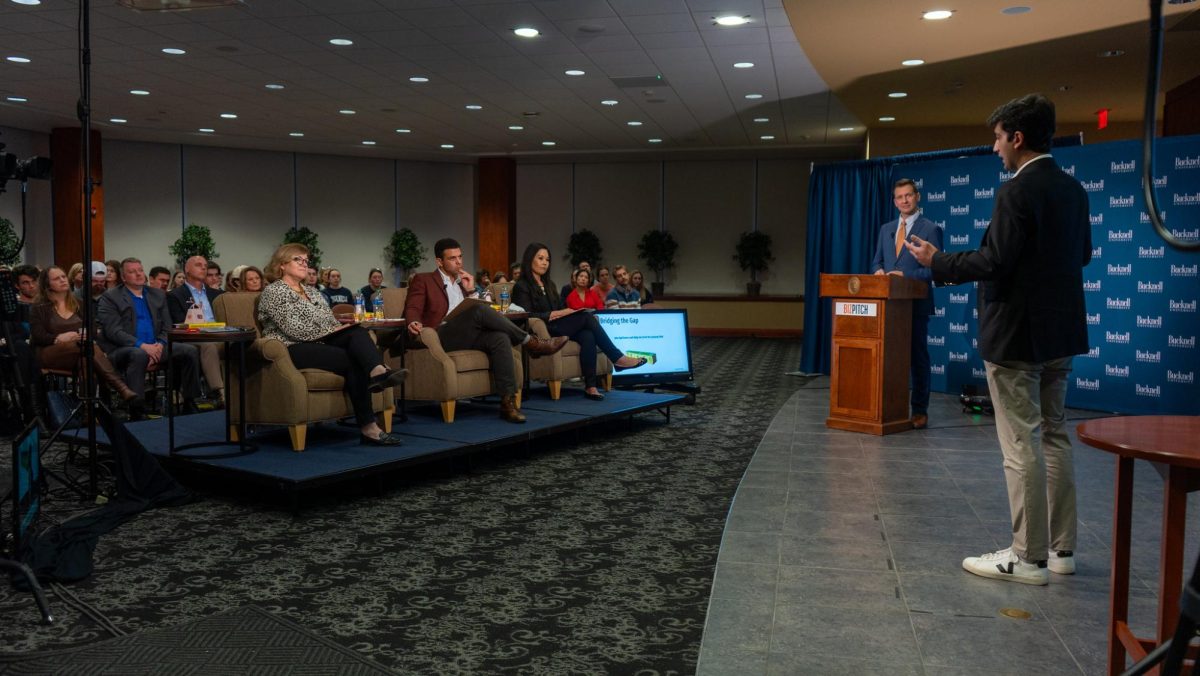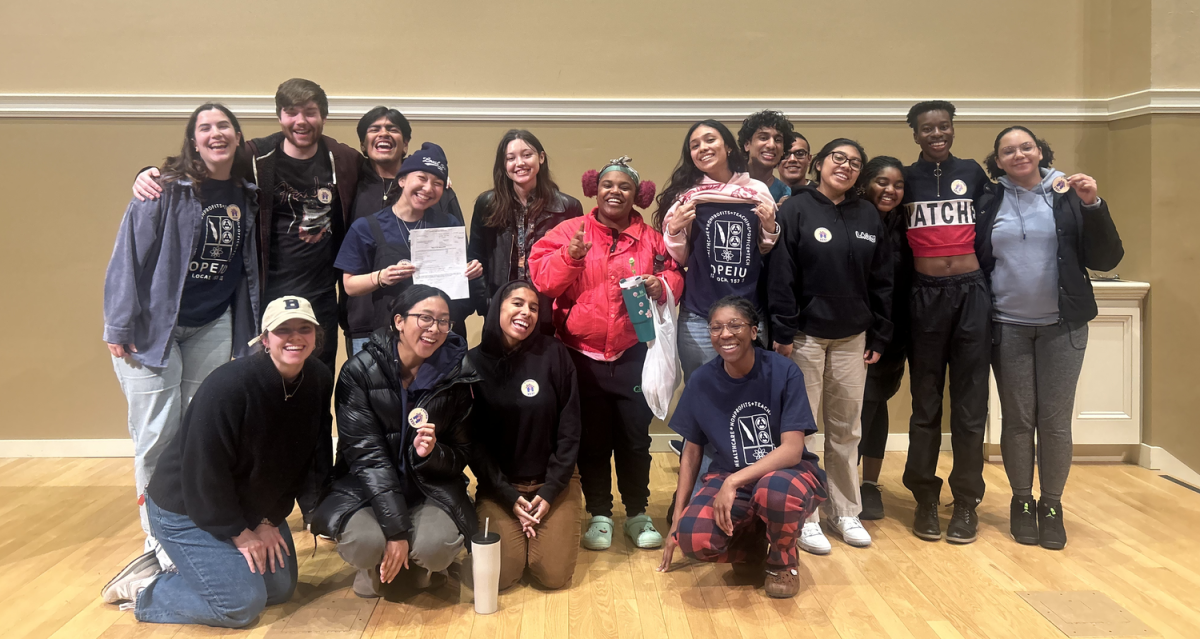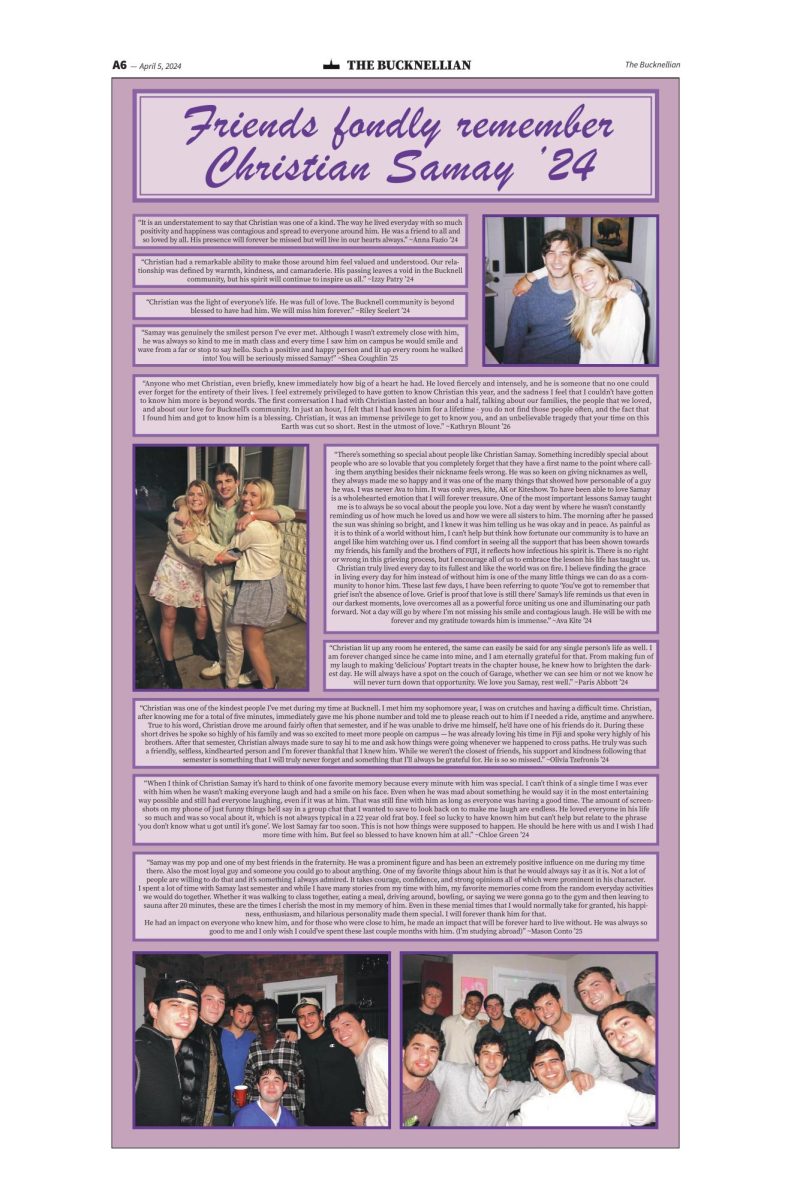Editorial: The right to ‘stand up, fight back’
November 17, 2016
Protests have been a form of popular dissent since the beginning of civilized society—it’s how American colonists became emancipated from Britain, how suffragettes fought for women’s right to vote, and how the Civil Rights Act of 1964 was passed. Recently, protests have rocked the country in response to the election of Donald Trump, which was echoed on our campus on Nov. 11 with a campus-wide walkout and rally on Malesardi Quad. And on Nov. 15, students protested the construction of the Dakota Access Pipeline on the Engineering Quad.
Judging solely by the protest’s attendance on Nov. 11, one could conclude that the protest was effective in spreading the message. However impressive the turnout of these protests, several members of the community have questioned the validity of doing so, including faculty and students who felt that a protest attended and endorsed by professors was crossing a line. Do protests achieve tangible change? Is that even the point? To those who are offended by protests on campus: Why?
In holding and attending protests, citizens are expressing (as is their constitutional right) their discontent with the state of society and a desire to affect change. Protesting allows those who feel that they don’t have a voice to be heard; this was clearly a major factor in this presidential election, regardless of the outcome. Although these protests are certainly conducive to sharing opinions and raising awareness of particular grievances, nothing will ever change if subsequent action doesn’t follow a protest down the road.
An emphasis on the “peaceful” aspect of peaceful protest is important—once that is lost, so is the cause for which one is protesting. It’s the “kill ’em with kindness” adage on an amplified level. Disruptions of routines can be effective in getting the higher-ups (including school administration and city officials) to notice, although arguments against the appropriateness of campus-wide walkouts approved by professors lend credibility to the idea of a biased education.
However, from a historical standpoint alone, walkouts and protests have long been integral to the American government of the people, by the people, and for the people. At the University, too, protests have been a demonstrative tool in conveying student discontent. In May 1970, The Bucknellian reported on anti-war protests that were held on what is now the Malesardi Quadrangle in response to the Kent State shootings and the Vietnam War. To ignore their validity and utility in certain times and places would be to disregard how our country came to be. To push away those who are discontent with the election results and are now protesting is to discount their real and valid constitutional right to protest the government they feel has failed them.
Many who gathered after the walkout on Nov. 11 to discuss further how to channel their dissatisfaction expressed a need to harness the momentum of students, faculty, and staff who feel ill at ease with the election results. Among talk of grassroots organizing for future elections was the discussion of trying to understand the other side, which sets healthy expectations for keeping violence and hate out of the political dissent that so many are currently expressing on both campus-wide and national scales.























